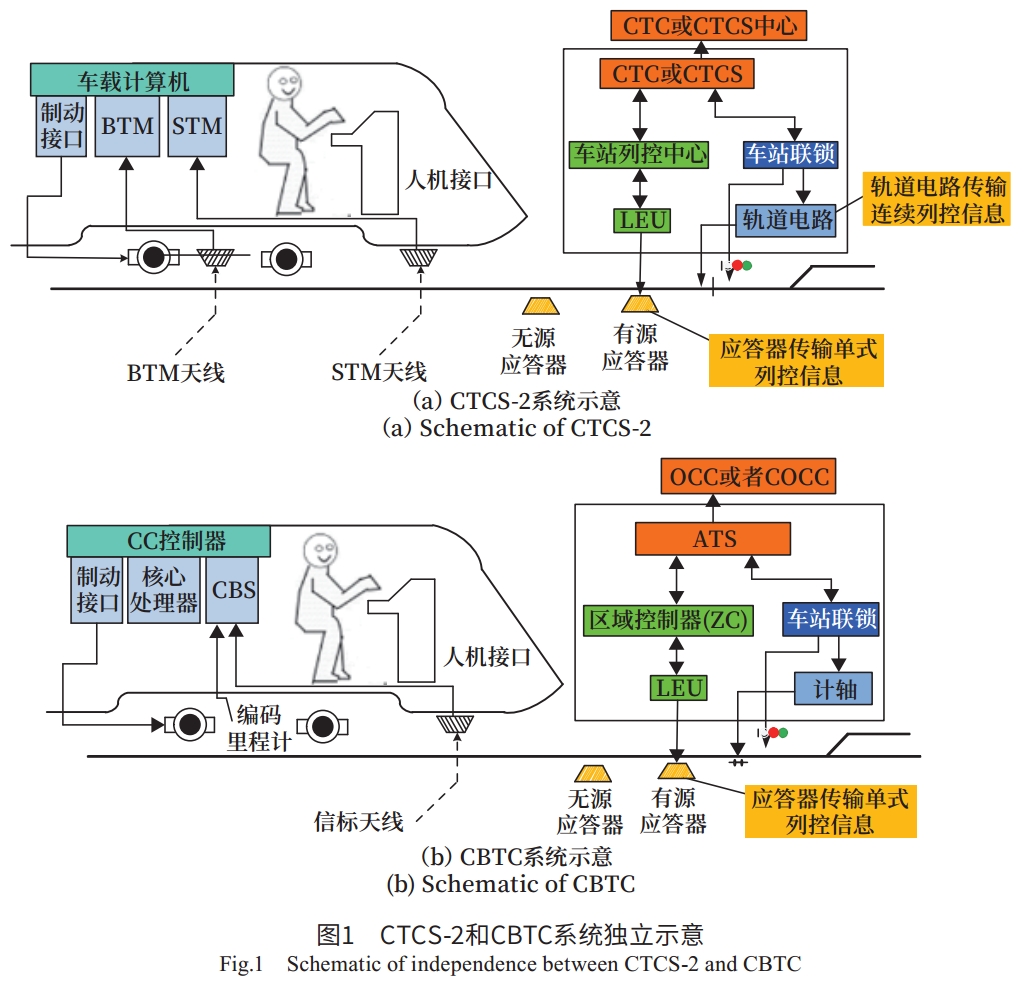|
|
Design Analysis of Interoperability Between CBTC and CTCS in Suburban Railways
Zhang Yongtao, Zhou Xin, Jin Jie, Zhu Suoming
With the issuance of the development plans for core metropolitan areas in China, and the acceleration of the construction of suburban railways that expand the urban framework, there is an increasingly urgent demand for the selection of signal system modes for suburban railways. In view of the status and technical specifications of the signal system industry, the main signal system modes selected for suburban railways are CTCS-2+ATO system, CBTC system, etc. Therefore, a sufficient discussion is needed for the selection of and integration between CBTC system for metro lines and CTCS system for national railways. The two systems need to be comprehensively considered in terms of onboard equipment architecture, wayside equipment, system software and hardware, communication protocol, etc. This paper discusses the possibility of integration and interoperability between CTCS-2 and CBTC on the basis of the requirements for the selection of signal system modes for suburban railways. It proposes relevant designs and conducts feasibility analysis for three different schemes, i.e. CTCS-2 and CBTC fully integrated with each other, interoperable with each other and switching between each other. In particular, it performs research and analysis in terms of the interoperability scheme, interfaces, switching area, switching process, etc., and provides detailed schemes, on the basis of the requirements for interoperability. The interoperability scheme is found to be more feasible than the full-integration scheme.

|
|